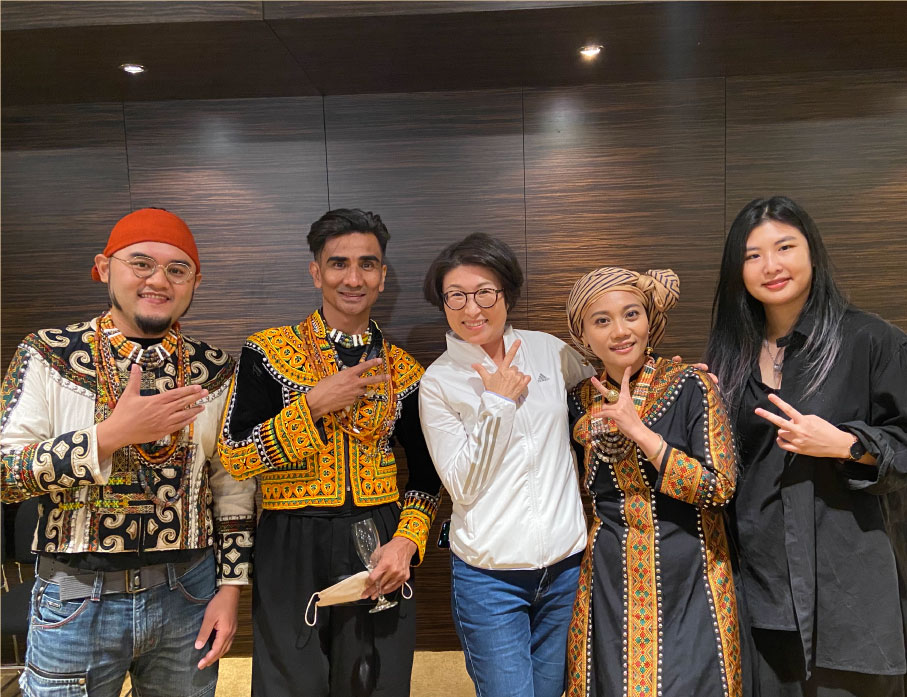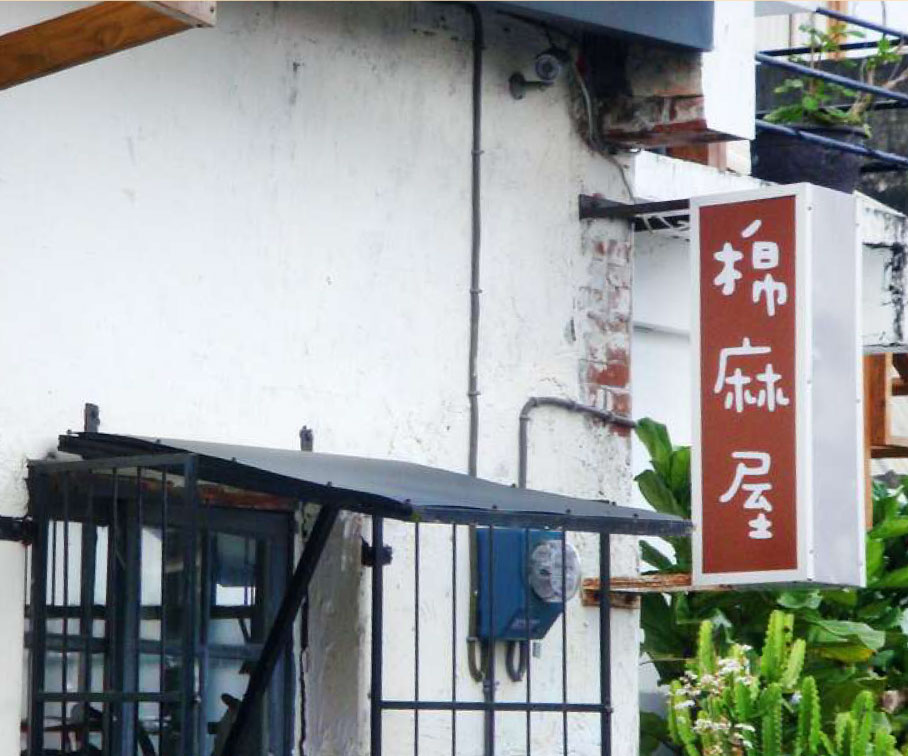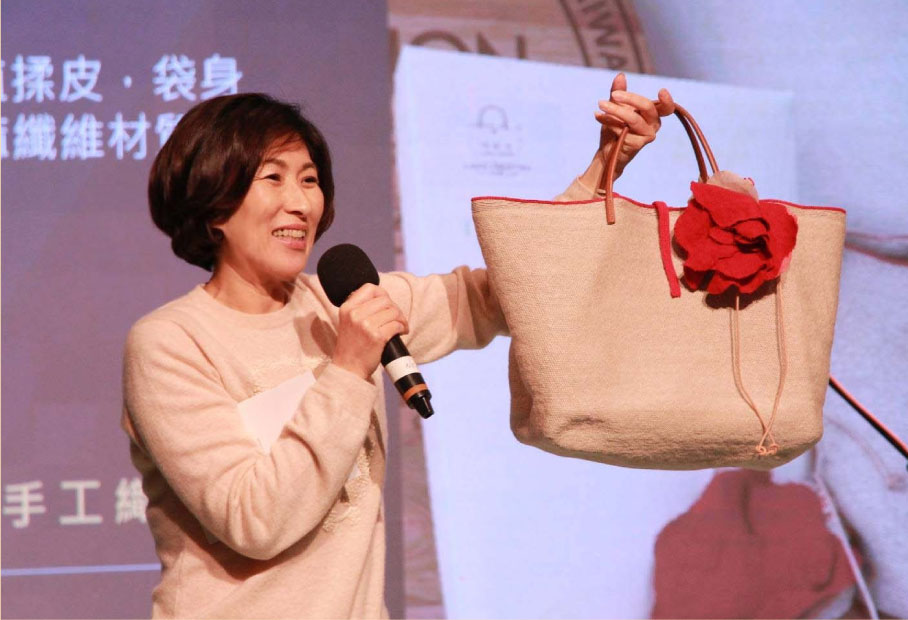 |
THE TAITUNG RENAISSANCE: A NEW DEFINITION OF CULTURAL REVIVAL
The Italian Renaissance, famously centered in Florence of the Medici’s, was one of those magical moments in history where mundane reality seems to be transcended. Human creativity broke the shackles of dogmatism, inducing an artistic and scientific explosion that would result in modern civilization. What, then, would a “Taitung Renaissance” be like?  The "Taitung Renaissance" represents a remarkable transformation and resurgence of Indigenous culture in Taiwan's Taitung County. For a long time, indigenous people struggled to maintain their cultural identity under various ruling powers and the pressures of modern capitalist society. However, through concerted efforts to revitalize their native languages, reconnect with their cultural roots, and establish a strong sense of self-identity, the indigenous people of Taitung have emerged with renewed strength and cultural pride. This reawakening of indigenous culture has spanned several phases, as Taitung County's indigenous communities have sought to transform their cultural heritage into a vital and accessible part of mainstream society. The Taitung County government has also played a central role in the “Renaissance”. In the past few years, several initiatives have been implemented to promote Indigenous and local culture in Taitung, like the Language Promotion Act of 2018, the Music and Dance Act (Rising Wind Original Dance Plan) of 2016, and the Tribal Fashion Act of 2019. Ultimately, the Taitung Renaissance signifies a triumphant revival of indigenous culture, as well as a celebration of the unique contributions that indigenous people continue to make to the fabric of Taiwanese society. The Taitung County Government's unwavering support for these cultural initiatives, as an integral part of County Magistrate April Yao’s “Slow Economy”, has been essential to their success, paving the way for a bright and vibrant future for Taitung's indigenous communities. Below, we will explore three successful examples of the Taitung Renaissance. BDC: Bridging the Gap Between
Indigenous Culture and Modern Dance  In the lush landscapes of Taiwan's Taitung County, a groundbreaking dance company has emerged, capturing the hearts of audiences both locally and internationally. The Bulareyaung Dance Company (BDC), founded by renowned choreographer Bulareyaung Pagarlava, has skillfully blended the essence of indigenous culture with contemporary dance, creating a mesmerizing fusion that is truly one of a kind. Bulareyaung Pagarlava, an indigenous Taiwanese of the Paiwan tribe, began his career as a dancer with the Cloud Gate Dance Theatre of Taiwan, where he honed his skills under the tutelage of famed choreographer Lin Hwai-min. Later, he embarked on an international journey, working with prestigious companies such as the Martha Graham Dance Company and the Göteborg Opera Ballet. However, Bulareyaung's heart eventually led him back to his roots in Taitung County in 2014, where he established BDC as a means to preserve and promote indigenous culture. Since its inception, BDC has evolved into a national and international phenomenon. The company has performed at various events and venues, including the National Theater and Concert Hall in Taipei, the 2018 Taipei Lantern Festival, and the 2019 World Stage Design Exhibition in Kyoto, Japan. These captivating performances have garnered critical acclaim, with the New York Times hailing the troupe as "a company with vision and skill". Central to BDC's success is the integration of indigenous culture and modern dance. The company employs traditional songs and rhythms from various tribes, such as the Amis, Paiwan, and Bunun, alongside contemporary dance techniques. This unique fusion not only showcases the beauty of indigenous culture but also sparks a dialogue between the past and the present, emphasizing the importance of cultural preservation in an ever-changing world.  Taitung Ata Beads Studio: Preserving Indigenous
Heritage through Glass Qkata Beads Tucked away up in an old sugar factory outside Taitung City lies a treasure trove of indigenous artistry: Ata Beads Studio. Dedicated to the creation and preservation of traditional glass Qkata beads, this unique workshop offers not only a window into the rich cultural heritage of the region but also a hands-on experience for visitors seeking to craft their own meaningful keepsakes.  The history of Qkata beads dates back centuries, with roots in the indigenous Paiwan and Rukai tribes of Taiwan. These intricate glass beads, painstakingly handcrafted by skilled artisans, hold significant cultural and symbolic meaning. Traditionally used as a form of currency and a marker of social status, Qkata beads also represent various life milestones, such as marriage, adulthood, and the birth of a child. Each bead's unique pattern and color convey a specific meaning, reflecting the wearer's personal journey and experiences. In recent years, Ata Beads Studio has found a new home in a revitalized old sugar factory. The factory was transformed into a bustling creative park, providing much-needed infrastructure and support for local artisans and businesses. This innovative approach has breathed new life into the once-abandoned site, fostering a thriving community hub that celebrates the region's diverse cultural heritage.
 As Ata Beads Studio continues to share the tradition of glass Qkata beads with the world, it stands as a shining example of the power of art to bridge cultural divides and preserve the past for future generations. Thanks to the efforts of the Ata Beads Studio, the legacy of glass Qkata beads will live on, ensuring that this beautiful art form remains a cherished part of Taiwan's indigenous heritage. Cotton: The Art of Handcrafted Textiles in Taitung
Heritage through Glass Qkata Beads
 The shop owner, Long Huimei, shares a captivating story of how a customer brought one of her bags to a Hermès store in New York. The customer left the bag at the counter while browsing the store, and soon found all the employees gathered around it, admiring its quality and design. Hermès executives even thought it was a new product from their own brand, thanks to the high-quality thread used by Long Huimei, which is also used by Hermès for stitching leather. Long Huimei's journey into textile artistry began during her 15-year career as a surgical nurse in Taitung, where she specialized in stitching wounds. Over time, her passion for weaving grew, and she developed her own crochet techniques, ultimately adopting the "hidden needle weaving method" and insisting on a "one-needle-to-the-end, one-piece" approach. After gaining recognition for her skills in various competitions, she decided to leave her hospital job and turn her passion into a profession. Her big break came in April 2010, when hospitality industry tycoon Stanley Yen and a group of design professors from Shih Chien University visited Taitung. They stumbled upon Long Huimei's shop by chance, forging a lasting connection and helping to spread the word about her talents. Today, Cotton's bags are in high demand, with customers willing to wait for up to six months or more to get their hands on one. The bags' appeal lies in their seamless construction, which makes them sturdy and durable. To keep up with demand, Long Huimei now collaborates with 39 local mothers, many of whom are elderly, ranging from 55 to 89 years old.  Despite suggestions to expand her business, Long Huimei remains committed to her community in Longchang Village, hoping to foster a positive impact on local development. The unique combination of indigenous artistry and modern design found in Cotton's products may be replicated elsewhere, but the spirit of Longchang Village remains an irreplaceable part of their charm. The Taitung Renaissance – An Ongoing Journey
Heritage through Glass Qkata Beads In conclusion, the Taitung Renaissance symbolizes the revival of indigenous cultural identity and the transformation of cultural heritage into economic values. With the support of the sustainable cultural industry in the slow economy, the indigenous people in Taitung have found a way to strengthen their cultural roots while promoting handicrafts and making a living. The Taitung government's unwavering support for the "Slow Economy" vision has provided the fertile soil for the Taitung Renaissance. On the one hand, the Renaissance gives the indigenous people an opportunity to rediscover their identity. On the other hand, it allows them to spread traditional culture through creative industries.  The "Slow Economy" offers the indigenous people a sustainable way to survive culturally and economically in the long run. Inheriting and promoting traditional culture, the indigenous people in Taitung County have ushered in an era of rebirth under the dual support of cultural identity and economic development. The convergence of renaissance and slow economy points to a sustainable future for indigenous cultural heritage. |
| © TAITUNG COUNTY GOVERNMENT 2023 |




